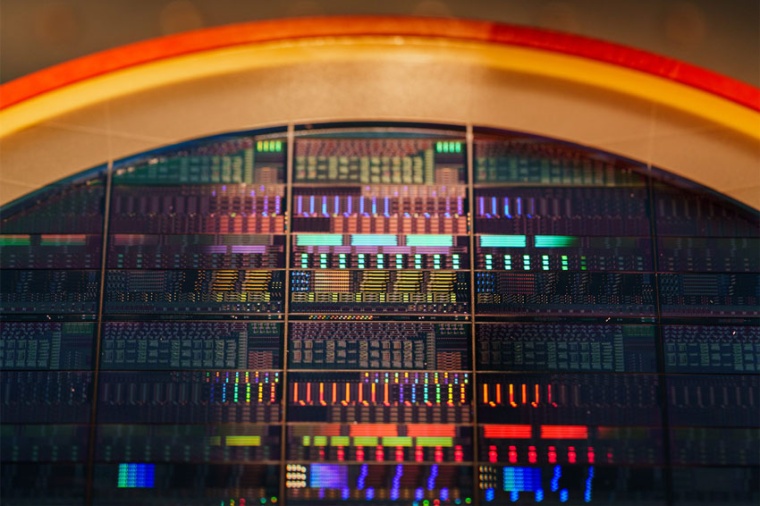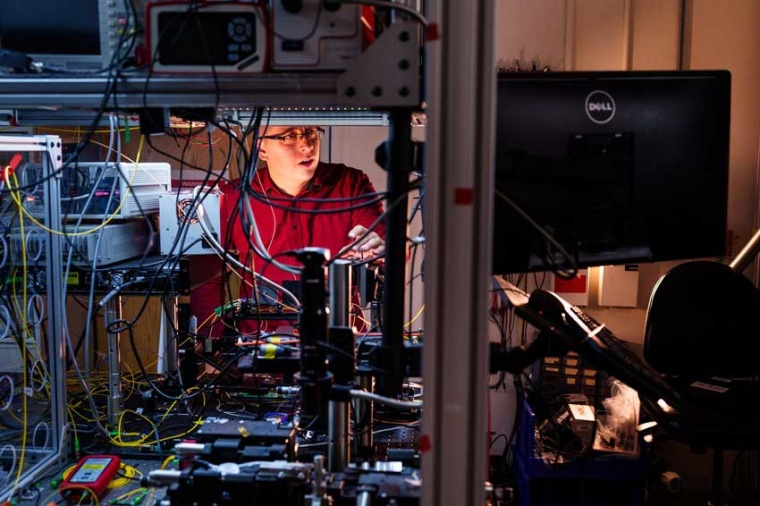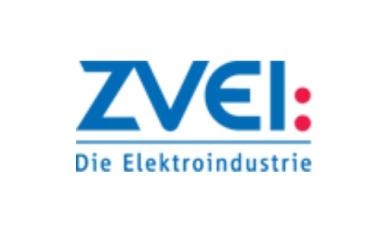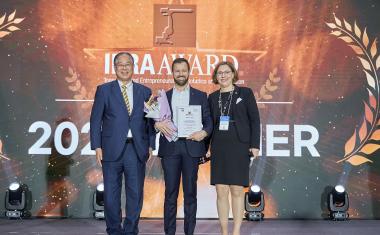Sandia and ASU scale down optical systems to the size of a chip
Collaboration combines integrated photonics and light-wave frequency for novel quantum information processing.
Sandia National Laboratories and Arizona State University are pushing the boundaries of quantum technology and transform large-scale optical systems into compact integrated microsystems. Nils Otterstrom, a Sandia physicist specializing in integrated photonics, is at the forefront of scaling down optical systems to the size of a chip. This innovation offers performance advantages and scalability for an array of applications from advanced computing to secure communications. Otterstrom has been collaborating with Joe Lukens, the senior director of quantum networking at Arizona State University.


This effort was recently formalized through a new cooperative research and development agreement financed by the Quantum Collaborative which is funded by the state of Arizona and managed by Arizona State University.
“Sandia has one of the most flexible foundries in the world, not only in microelectronics but also in photonics,” Lukens said, referring to the Microsystems Engineering, Sciences and Applications complex. “Sandia can fabricate small photonic integrated circuits that can realize the same capabilities as a big square meter-size optical table.”
“In this frequency encoding paradigm, we need to create special types of beam splitters that instead take one color of light and split it into two colors,” Otterstrom said. “What we’ve developed here at Sandia, in collaboration with professor Peter Rakich’s team at Yale University, are these very efficient novel phase modulator devices.”
The devices are based on suspended silicon waveguides that convey light and gigahertz soundwaves, which are generated by co-integrated aluminum nitride electro-mechanical transducers.
Sandia’s Laboratory Directed Research program has awarded 17 million dollars to advance the team’s work in frequency-based quantum photonics. The funding comes in the form of a Grand Challenge program called Error-Corrected Photonic Integrated Qubits, or EPIQ. Otterstrom said the funding will enable large-scale implementation and integration of the device physics explored in the early collaboration with ASU to create a useful photonic qubit that can be error-corrected.
Company
Sandia National Laboratories1515 Eubank SE
Albuquerque, NM 87123
US
most read

Electrical and digital industry calls for strategy for Europe's digital sovereignty
The French and German electrical and digital industry associations, FIEEC and ZVEI, are calling for a proactive strategy for Europe's digital sovereignty.

Softbank acquires ABB's robotics business
The Softbank Group has reached a definitive agreement to acquire ABB's robotics business.

New member of the board of VDMA Robotics + Automation
Dr. Michael Jürgens, CEO of Kuka Robotics, has been appointed to the board of the VDMA trade association.

Otto wins IERA Award 2025
Rockwell's robot is an AMR solution that can transport heavy loads in factories and operate in robot fleets of over 100 units.

Qioptiq Photonics becomes Excelitas Germany
The renaming is part of the global consolidation of the Excelitas Group.






